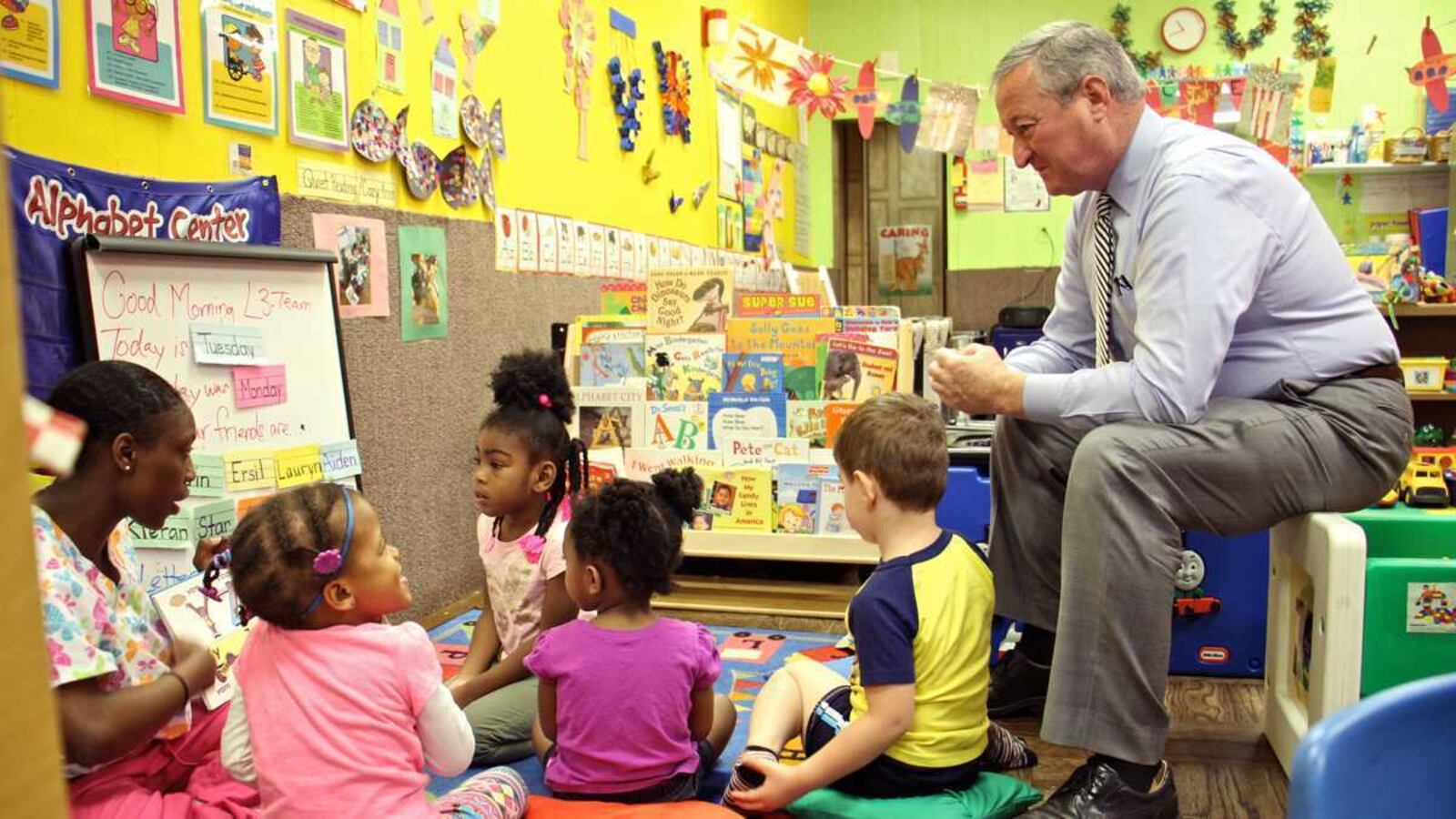This article was originally published in The Notebook. In August 2020, The Notebook became Chalkbeat Philadelphia.
As Philadelphia’s pre-K program approaches its three-month anniversary, new data on the program shows that families in PHLpreK are, on the whole, poorer than the city average.
That’s one of many inferences that can be drawn from a raft of new figures released Monday by the mayor’s office.
The data dump details the number of children enrolled in the new program; the types of providers serving them; and demographic information about the families who’ve taken advantage of the city’s high-profile pre-K expansion.
A few highlights:
- So far the city has contracted for 1,996 slots; 1,870 have been filled. Over the last few months, city officials have been reallocating seats based on where demand is highest. That process has yielded an enrollment bump, but about 6 percent of seats remain vacant. Remember, this initial enrollment period is part one of a multi-year expansion effort. Eventually the city pre-K program will have about 6,500 children.
- The mean household income of children enrolled in PHLpreK is $31,776. That’s not an exact figure because it only takes into account the 1,227 children who enrolled through the city’s PHLpreK hotline. The remainder enrolled through individual pre-K sites. But this initial estimate at least indicates something about the kids Philadelphia’s pre-K expansion is serving. The mean household income across all Philadelphians is $59,766. So these numbers would suggest the city pre-K program is serving a poorer-than-average population.


